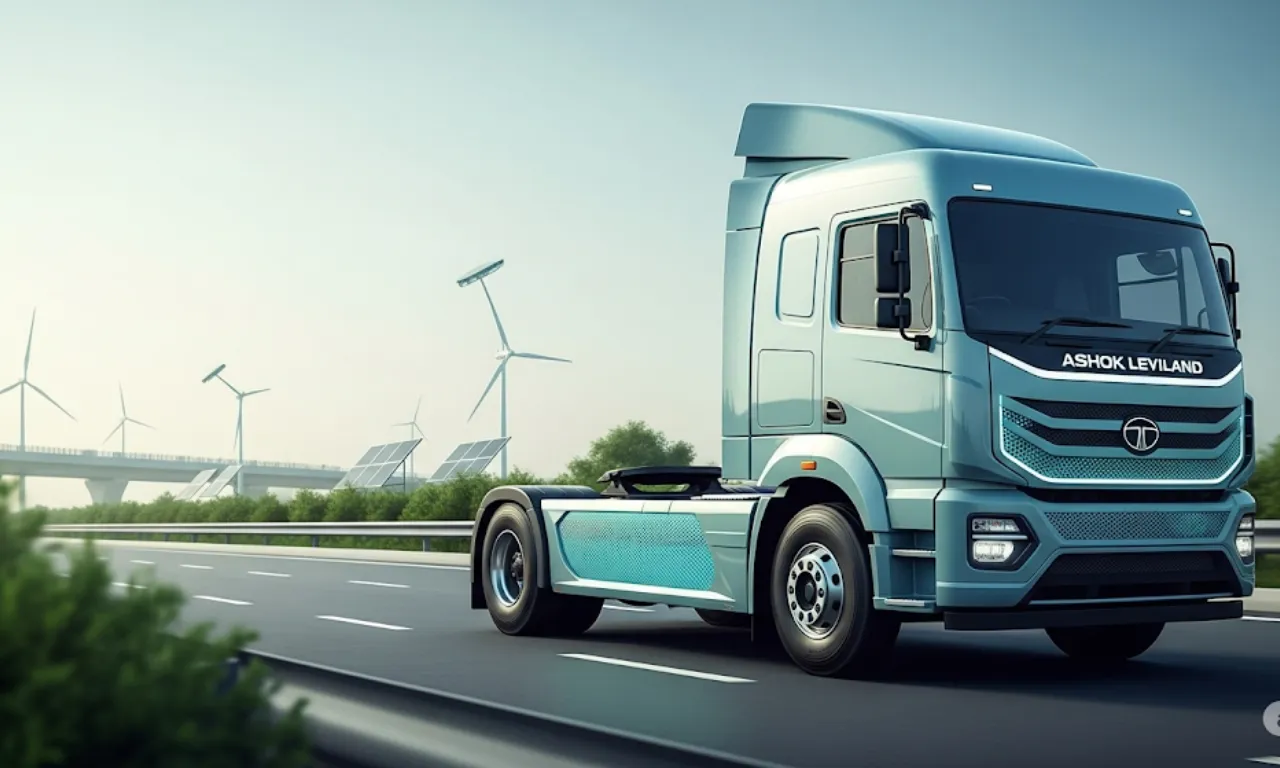- The Central Government launches the PM E-DRIVE Scheme with a ₹500 crore fund to promote electric trucks (N2 & N3 categories).
- Incentives are based on battery capacity, vehicle weight, and price, with strict warranty and performance requirements.
- The Phased Manufacturing Programme requires domestic component production starting September 2025 to boost Make in India.
India’s Central Government has launched the PM E-DRIVE (Electric Drive Revolution in Innovative Vehicle Enhancement) Scheme to speed up the use of electric trucks in the N2 and N3 categories. With a dedicated ₹500 crore fund, the scheme offers incentives based on vehicle specs and battery capacity, encouraging manufacturers and fleet owners to switch to eco-friendly heavy vehicles. This scheme supports over 5,600 electric trucks in the coming financial year, giving a big boost to our EV manufacturing sector.
Who Can Join and Vehicle Categories in the PM E-DRIVE Scheme
The scheme is aimed at specific electric truck categories as defined by the Central Motor Vehicle Rules (CMVR) as N2 and N3:
- N2 category: Electric trucks weighing more than 3.5 tonnes and up to 12 tonnes Gross Vehicle Weight (GVW).
- N3 category: Electric trucks with GVW above 12 tonnes and up to 55 tonnes.
Note, for articulated N3 trucks, incentives apply only to the puller tractor unit.
Also Read – PM Electric Drive Scheme Boosts Bengaluru’s Public Transport with 4500 Electric Buses
How Incentives Are Calculated
The aim of the incentives is to make electric trucks more affordable by offering support on each vehicle. The amount is calculated as the lowest of these three methods:
- ₹5,000 per kWh of the truck’s battery capacity.
- 10% of the ex-factory vehicle price (excluding trailers).
- A fixed maximum incentive based on the GVW range:
| Vehicle GVW Range | Maximum Incentive (₹ Lakhs) |
|---|---|
| N2 (>3.5 & 37.5 tonnes) | 2.7 |
| N2 (>7.5 & 2 tonnes) | 3.6 |
| N3 (>12 & 8.5 tonnes) | 7.8 |
| N3 (>18.5 & 35 tonnes) | 9.6 |
| N3 (>35 & 55 tonnes) | 9.3 |
Requirement for Scrapping Certificate to Get Incentives
Owners need to provide a Certificate of Deposit from authorized scrapping facilities to scrap an equivalent or heavier GVW internal combustion engine (ICE) truck. This ensures the incentives promote replacing old polluting vehicles.
Warranty and Quality Requirements for Electric Trucks
- Battery warranty: At least 5 years or 5,00,000 km.
- Motor and vehicle warranty: At least 5 years or 2,50,000 km each.
These warranty requirements help make sure your vehicle is reliable and you are protected under the scheme.
Performance and Efficiency Standards for Eligible E-Trucks
- Minimum range: 80–100 km depending on GVW category.
- Maximum energy consumption: 150–350 kWh per 100 km based on sub-category.
- Minimum top speed: 60 km/h.
- Additional requirements: Acceleration, gradeability benchmarks, and mandatory regenerative braking systems tested by MHI-approved agencies.
Phased Manufacturing Programme (PMP) for Domestic Component Production
To support the Make in India effort, the PMP requires manufacturers to make critical components domestically starting from these dates:
- From Sept 1, 2025: HVAC systems, traction battery packs (imported battery modules not allowed), BMS, DC-DC converters, integrated motor controllers, traction motors, vehicle control units, instrument clusters, and charging inlets (CCS2 standard).
- From March 1, 2026: Integrated transmission and motor systems for N3 trucks must be made domestically from the PCB level onwards. Import of CKD kits from a single supplier is not allowed.
Budget and Support for FY 2025-26
The Ministry of Heavy Industries has set aside ₹500 crore for this scheme to support about 5,643 electric trucks in FY 2025-26. The maximum ex-factory price per vehicle eligible for incentives is capped at ₹1.25 crore. This funding will encourage fleet electrification and help manufacturers increase domestic production.
Compliance and Testing Based on CMVR and AIS Standards
All electric trucks must be certified and tested according to Central Motor Vehicle Rules (CMVR) and Automotive Industry Standards (AIS). The Ministry makes sure quality and safety are met through approved test agencies, aligning vehicles with national regulations. Importing components in CKD form from a single supplier, especially for PMP related parts, is restricted to protect the domestic industry.
This complete framework marks a new step in India’s electric heavy vehicle journey, promoting sustainable logistics and industrial growth. If you are a vehicle manufacturer or fleet operator, staying updated on PM E-DRIVE’s details can open up great chances to take part in this green revolution.
For more information and official notices, you can visit the Ministry of Heavy Industries official portal.

